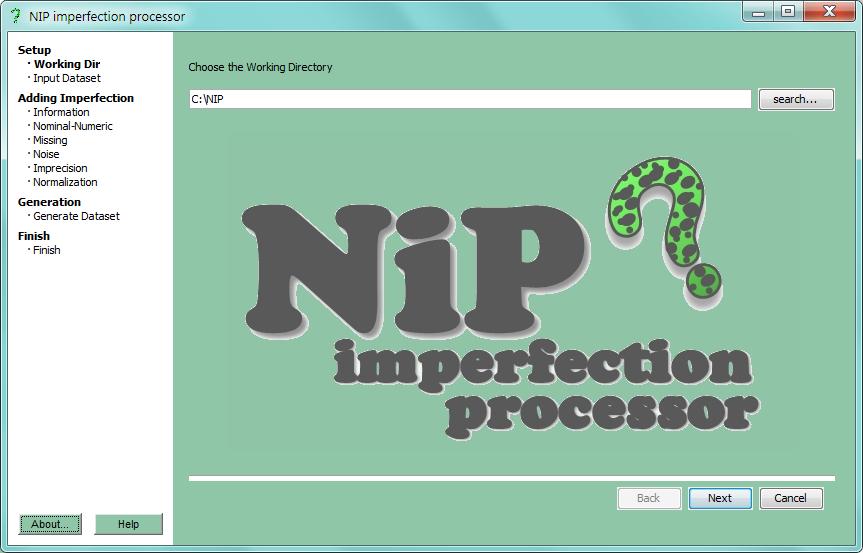Results
Miscellaneous experimental studies and results
We show some relevant research papers and some of their results. For each study, we provide its reference (plain text and BibTeX formats) and abstract.
| Year |
Experimental Studies |
Link |
BibTex |
Results |
| | | | |
| 2021 |
M.C. Garrido, J.M. Cadenas, A. Bueno-Crespo, R. Martínez-España, J.G. Giménez, J.M. Cecilia. Evaporation Forecasting through Interpretable Data Analysis Techniques. Electronics, submitted, 2021. |
doi |
 |

datasets |
Abstract [▲/▼]
Climate change is increasing temperatures and causing periods of water scarcity in arid and semi-arid climates. The agricultural sector
is one of the most affected by these changes, having to optimise scarce water resources. An important phenomenon within the water cycle
is the evaporation from water reservoirs, which implies a considerable amount of water lost during warmer periods of the year. Indeed,
evaporation rate forecasting can help farmers to grow crops more sustainably by managing water resources more efficiently in the context
of precision agriculture. In this work, we expose an interpretable machine learning approach, based on a multivariate decision tree, to
forecast the evaporation rate in a daily basis using data from an Internet of Things (IoT) infrastructure, deployed on a real irrigated
plot located in Murcia (south-eastern Spain). The climate data collected feed the models that provide a forecast of evaporation and a
summary of the parameters involved in this process. Finally, the results of the interpretable presented model are validated with a best
literature models for evaporation rate prediction, i.e. the artificial neural networks, obtaining results very similar to the obtained
for them, reaching up to 0.85 R2 and 0.6 MAE.
| | | |
| | | | |
| 2021 |
J.J Ortiz-Servin, D.A. Pelta, J.M. Cadenas, A. Castillo. A new methodology to speed-up fuel lattice design optimization using decision trees and new objective functions. Annals of Nuclear Energy 161, 108445, 2021. |
doi |
 |
 PPi PPi
 UUi UUi
models
|
Abstract [▲/▼]
In this paper a new methodology to speed up the fuel lattice design optimization in a BWR is explored. In previous works, fuel lattice
optimization was made using LPPF (Local Power Peaking Factor) at the beginning of the fuel lattice life. However, undesirable LPPF vs.
fuel lattice exposure behaviors were observed. Due to this, LPPF vs fuel lattice exposure was calculated through out fuel lattice life
burnup. From a computational point of view, such calculation is very expensive when done using the CASMO-4 code. A new methodology to
speed up the optimization was proposed based on two aspects: in one side, using objective functions that take into account LPPF vs. fuel
lattice exposure and residual gadolinia; and in other side, using decision trees to estimate some fuel lattice parameters in a fast and
reliable way. It could be verified that decision trees estimations had the enough reliability to be used into an optimization process to
discard bad fuel lattice configurations and speed up the optimization process. At the end of this process, CASMO-4 code is used to calculate
the final fuel lattice parameters. In this way, fuel lattice optimization time was reduced from 6 hours to 15 minutes obtaining good LPPF
vs exposure behaviors.
| | | |
| | | | |
|
|
|
|
|
Go to "DataSets and Results repository"








